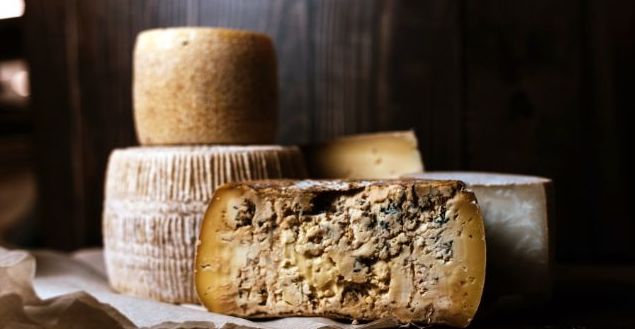When I give an Author Talk, I’ve found that audiences are very interested in the research involved in writing a historical novel. In Proving Her Claim, Anna Olson travels from Wisconsin, the #1 cheesemaking state in the country. She plans to start a dairy farm and make cheese.
That meant I needed to learn how to make cheese — at least well enough to describe the process to readers. Coincidentally, I toured a cheese plant in upstate New York several years ago as part of a work assignment. On that tour, I learned how the “big players” make cheese.
Anna’s dairy and cheese production was on a much smaller scale, but the basic process is the same. Today, Anna’s Deer Creek Dairy would produce “artisan cheese.” Traditional cheesemakers produce cheese by hand on the farm using old techniques passed down through many generations. These artisans rely only on their senses of sight, smell, and touch.
Cheese starts with pure, fresh milk. Acidification is the first step when a starter culture is added to the milk. In the book, Uncle Olaf presented Anna with a batch of starter culture from her Aunt Christina, an award-winning cheesemaker in Wisconsin.
Without giving away Anna’s secret family recipe, here’s how cheesemaking was described in the book:
First, she briefly cooked the raw milk, then she added Aunt Christina’s starter culture, being careful to hold a bit of the culture back for future batches. The starter culture turned the milk slightly acidic, making it ready for the rennet, which produced milk curds. Anna then cut the curds into small cubes and heated the mixture until she was satisfied with the texture. Skimming off the liquid whey, Anna was pleased to see large slabs of curds forming on the bottom of the cooking vat. She processed these slabs, rubbing in salt for flavor, and then pressed the result into one of the cheese presses that Uncle Olaf had made for her.
With that, Anna Olson’s Deer Creek Dairy was on its way (whey?) to becoming the Dakota Territory’s premier dairy.

